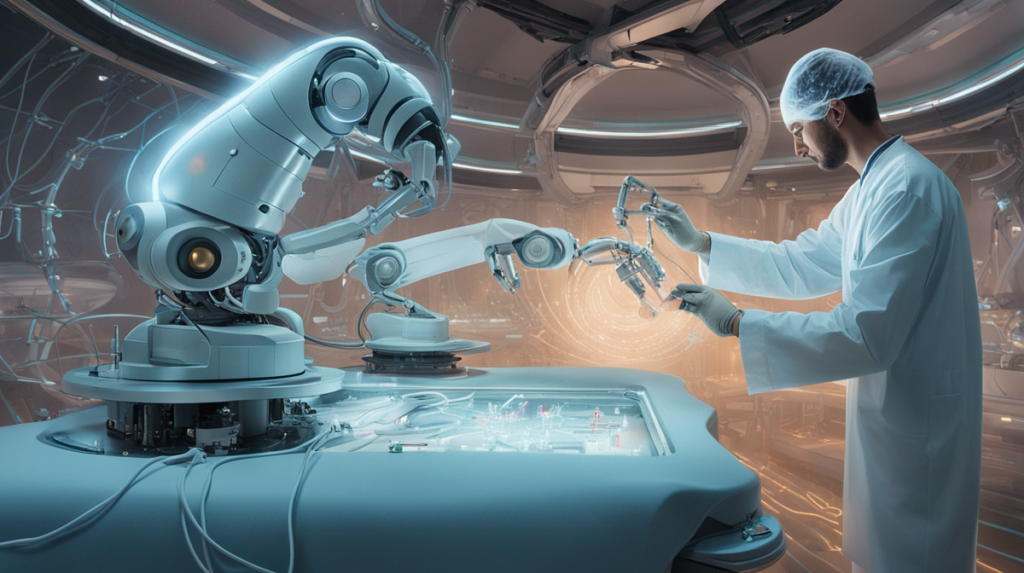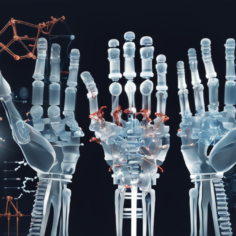
The landscape of healthcare is undergoing a profound transformation with the steady advancement of technology, and at the forefront of these innovations is the development of surgical robotics. This article uncovers the potential this cutting-edge technology holds in revolutionizing surgical procedures and its future applications.
The Dawn of Surgical Robotics
The advent of surgical robotics dates back to the 1980s, with the idea of making surgeries more precise, safer, and minimally invasive. One of the pioneers of surgical robotics is the da Vinci Surgical System, which allows surgeons to perform complex surgeries with high precision, flexibility, and control that surpasses traditional techniques.
Advancements in Surgical Robotics
The evolution of surgical robots has shown considerable potential in the healthcare industry. Recent advancements encompass sophisticated technologies such as artificial intelligence (AI), machine learning, and computer vision. These core technologies can significantly enhance the precision, predictability, and qualitative outcomes of surgical procedures. They’re also potential game-changers in providing remote surgical services, catering to inaccessible areas.
(Read Also: Transforming Healthcare: The Dynamic Role of Precision Medicine)
AI-Enhanced Precision
One of the significant advancements in surgical robotics is the implementation of AI. Artificial intelligence-enabled surgical robots can process a substantial amount of data in real time during the operation, improving the precision and reducing the chances of human errors.
Remote Surgery
A promising future application of surgical robotics is tele-surgery or remote surgery. This technology would allow surgeons to operate on patients from miles away, breaking geographical barriers, and providing equal healthcare opportunities globally.
Controversies and Debates
Despite the promising future, surgical robotics faces several controversies and challenges. One prominent argument associated with them is the high cost. Although these robotic systems can help improve surgical outcomes, they come with a hefty price tag, which could limit their widespread adoption.
Another debate centers on the learning curve associated with these advanced machines. Surgeons require extensive training to operate these robotic assistants, leading to debates on its practicality and efficiency.
(Read Also: Precision Medicine: The Vanguard of Revolutionized Healthcare)
Looking Towards the Future
The potential for surgical robotics is substantial, and its widening application will most likely change the face of medicine as we know it. As technology improves and becomes more accessible, it’s anticipated we will see an increased adoption of surgical robotics in the healthcare sector.
The growing need for precision, coupled with the ability to perform complex procedures with minimal incisions, is driving this trend forward. All in all, the future of surgical robotics is an exciting realm, and we’re only at its dawn.
Last modified: 12 December 2023


















